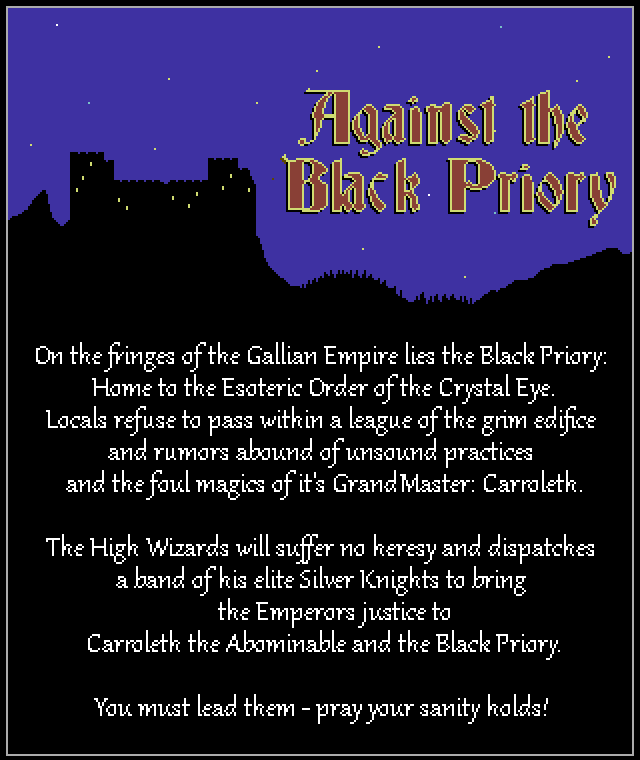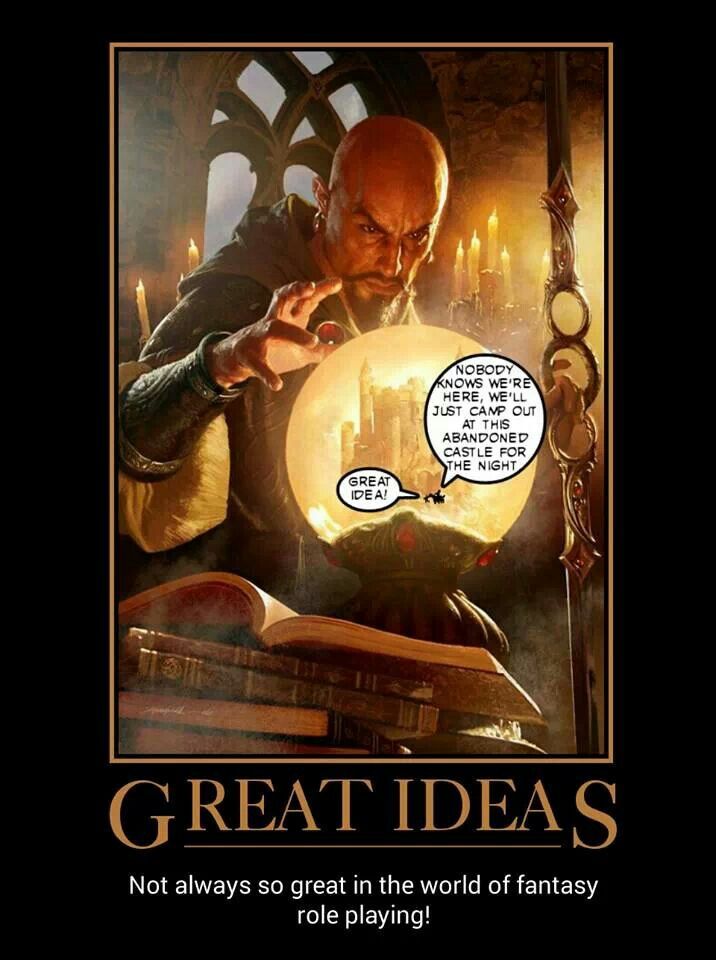You awaken to the sound of seagulls. Their crying reminds you of your childhood. Have you gone to your ancestors?
The last thing you remember is chaos and the sea swallowing your vessel. Freezing water and then darkness. How could you possibly have survived?
Legs shaking, you stand up and survey the shores upon which you have landed. There is no mistaking it: Idra. By some miracle, the Emperor has delivered you to this cold, forsaken island. Now, you must find the strength to do his work!
A sickness has taken hold here: Carroleth. Carroleth the heretic! Master of the Black Priory. That foul order of enlightened men, which has strayed so far from orthodoxy. It is to them that you must deliver the Emperors justice – by steel and by fire!
You shudder in the cold breeze.
It feels as though the very land sets itself against you. You will find few allies on Idra and even less hope. Pray your sanity holds…

Hi everbody! It’s time for another update on the SKALD engine and the upcoming title: “Against the Black Priory” (AtBP)!
AtBP sees you in the role of an imperial agent dispatched to the island of Idra to uproot a mystical religious order, turned apocalyptic cult. The expedition is off to a disastrous start however, and surviving Idra will take all your wits and skill.
For AtBP I have chosen to go with a strong retro look and feel. The game draws heavily on inspiration from classic “Golden Age” RPGs like the early Ultima games, the Gold Box Series and the Magic Candle series. In other words: Games we love!
The game will (hopefully) feature a good mix of each of the four basic RPG pillars:
- Explore the enviroments and plot – overland, underground and on the high seas!
- Interact via dialogue and “choose-your-own-adventure” style sequences
- Fight using a menu-based, fast-paced, tactical combat system.
- Develop your party of up to 6 characters.
Visually, I have chosen to work with 16 colors on AtBP. To get the proper retro-feel, I went with the classic C64 color palette:

The basic tile size is 16 x 16 and, for the desktop version, the game runs at 640 x 480 resolution. Note that the SKALD engine is built in Unity3D and is flexible enough to handle any number of graphical settings. However, working within some self-imposed constraints has really helped focus the design of AtBP.

Thematically, the SKALD universe is dark, grounded and unforgiving and I really want AtBP to dip its toes into the cold and dark waters of eldritch horror. I try to stay clear of binary good/bad characters and enjoy writing difficult choices that have real (often painful) consequences.
The Current State
At the time of writing, the SKALD game-engine (and thus AtBP) is 90% feature-complete. There are a couple of important systems that still need implementing as well as a bunch a smaller “nice-to-have” systems I would like to have down the line (but that can wait for now).

The big task ahead however, is adding content. This means designing, writing and drawing stuff. The flexibility of the SKALD engine and its tools makes adding new content a breeze. However, actually creating stuff will take time nonetheless. Fortunately, this is also a lot of fun and it will allow me to start engaging more and more with the community as the focus shifts more from the technical development to actually crafting a roleplaying experience.
The SKALD engine can publish to any platform that Unity supports. AtBP will release first on Steam. Mobile will follow.
The Road Ahead

It’s no secret that SKALD and AtBP is a one-man project that, whilst immensely enjoyable, is taking up a lot of my spare time. Now there are also expenses on the horizon in the form of software licenses, new hardware and, potentially, freelance content-creators (for some of the art and music). This means that I need to find funding somewhere.
After a lot of consideration, it’s starting to look like Kickstarter might be a good way to getting some funding whilst building a stronger community around the game. If everything goes according to plan, May 2019 might be a good time for a Kickstarter campaing (but more on that down the line).
For now, if you want to support SKALD: “Against the Black Priory” the two most important things you can do are to subscribe to our newsletter and follow us on twitter! Don’t be afraid to reach out for questions or comments!
Have a great day!










